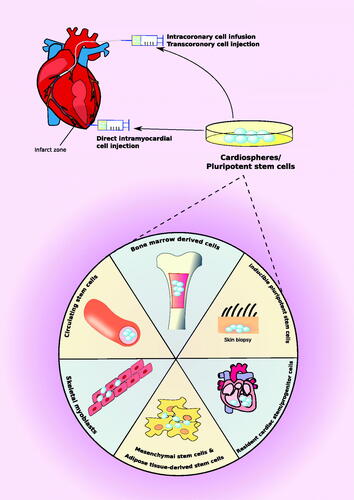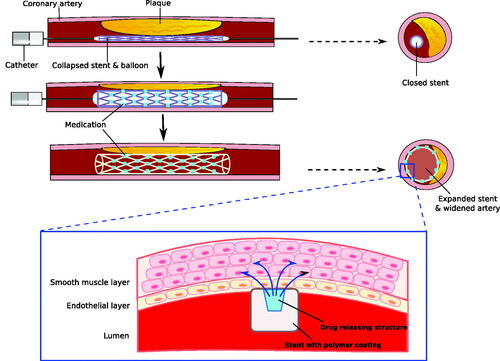Figures & data
Table 1. Application of stem cell therapy for the treatment of cardiovascular diseases.
Table 2. Targeted drug delivery for cardiovascular diseases using nanoparticles.



